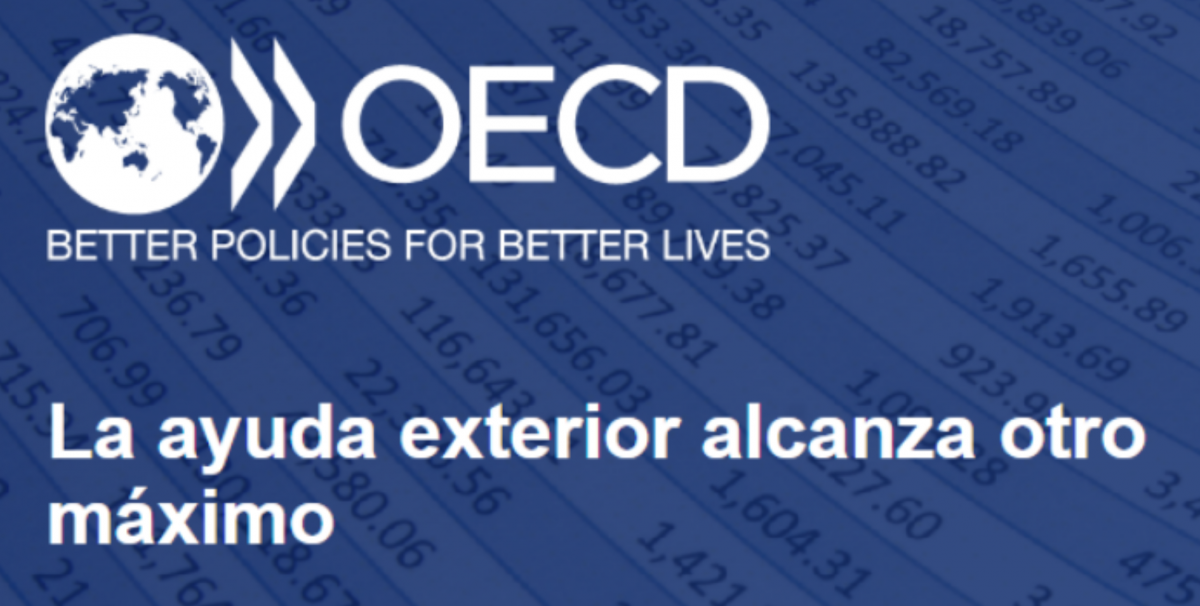The OECD published new data in April on the factors that are influencing aid flows, where they observed that foreign aid increased in 2022 due to spending on refugees in donor countries and aid to Ukraine.
Foreign aid from official donors rose to an all-time high of USD 204 billion in 2022, 13.6% more in real terms than USD 186 billion in 2021. This is because developed countries increased their aid spending on humanitarian law and in the processing and accommodation of refugees. This increase is one of the most significant increases in Official Development Assistance (ODA) provided by members of the OECD Development Assistance Committee (DAC) and the fourth consecutive year that ODA has set a new record.
Another factor behind the 2022 increase was a jump in aid to Ukraine following Russia’s invasion and ongoing war of aggression. ODA to Ukraine in 2022 amounted to USD 16.1 billion, up from USD 918 million in 2021, including USD 1.8 billion in humanitarian aid.
Official Development Assistance (ODA) as a percentage of donors’ national GDP reached 0.36% in 2022, its highest rate in 40 years. However, only five OECD donors: Luxembourg, Sweden, Norway, Germany, and Denmark, met the UN target of 0.7%.
ODA increased in 26 DAC countries in 2022, in many cases due to higher support for internal refugee costs, and fell in four countries. Poland (+255.6%), Czech Republic (+167.1%), Ireland (+125.1%), Lithuania (+121.6%), Slovenia (+48.7%), and Austria (+36 .2%) registered the largest increases.
According to OECD Secretary-General Mathias Cormann, the Covid-19 pandemic and the war against Ukraine undid decades of development progress in developing countries. Thus, Cormann calls to action: “we must remain focused and accelerate progress in achieving our long-term development goals, especially in support of the poorest and most vulnerable countries in the world.”
To read the full report, access the following link.

